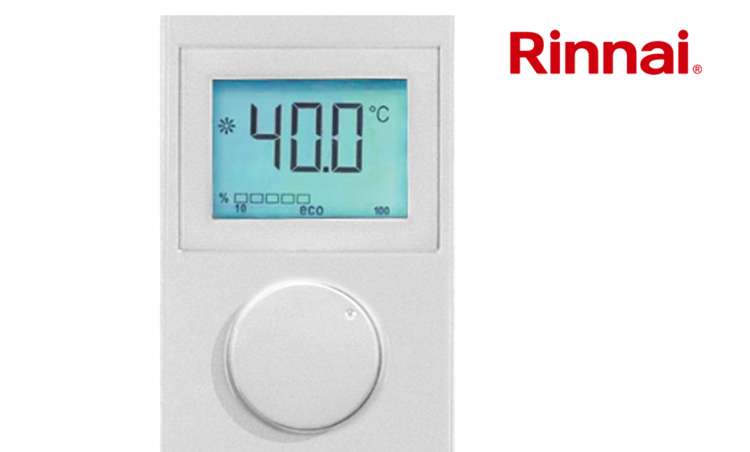A Workspace Worth Consuming

15 December 2017 | Updated 01 January 1970
Luis De Souza asks - and answers - the question what will help people work more flexibly in 2018?
In a recent survey of office workers, 33% said they wanted to be more trusted to manage how and where they work – but 35% confessed they just don’t have the tools and technology to work agilely in the workplace.
Revealingly, around half said no-one ever asked them about how they actually use the office, or got them involved in decisions - or even discussed the problems they might be facing day to day with their work accommodation.
As we move into 2018, and into a world where companies are fighting hard to recruit and retain talent, that’s no way to make people feel engaged with their workspace.
Two thirds of people in the same survey said they would spend more time in the office if it had better facilities. And while time does not necessarily equal productivity, when it’s spent willingly it indicates happy workers – which does, generally, improve productiveness.
Artificial Intelligence (AI) is already making inroads into all sorts of working environments – a recent Sunday Times report showed robots are already carrying out tasks from bricklaying to doing accounts and tackling simple legal issues.
As more and more tasks are automated, it’s likely that the focus will shift even more strongly onto the value only human workers can provide, and onto creating the conditions where people can do their best work, in innovation, collaboration and creativity.
In short, we’re going to want people to think further and further out of the box.
So why are we still keeping them in boxes?
We know agile working is on the increase, and likely to grow. And we know flexible working demands flexible space, with available desks and facilities, video conferencing and useful break-out spaces for casual co-working.
Yet all too many offices are still set up for formal working, with too many dedicated desks, wasteful boardrooms and meeting spaces that are just too big for the average meeting.
That costs, whatever city you’re based in. With office space in Manhattan, for instance, breaking $72 per square foot for the first time in 2016, any square inch that does not drive productivity is a big drain.
Look out – here comes a new world
Industry commentator Mark Eltringham says we’re about to see a great reckoning that will create a new order in the way we design and use our workspace.
“Interior elements should now define space, portray corporate identity, comply with legislation and act as an aid in wayfinding,” he says – but this flexibility in everything from lighting to partitions just scratching the surface.
It’s been driven by co-working, where workers feel no need to pay huge rates or make long commutes.
Eltringham says: “This is a fundamentally different mindset in which offices are consumed and experienced, not owned or leased. And we need to get used to it, especially because the idea experiential office will soon follow in the wake of co-working and cross into mainstream thinking.”
Consumed and experienced. That’s a crucial phrase that sums up so much.
So how do we go about releasing our workspace and our workers from their boxes, creating an office environment that can be consumed and experienced with enjoyment, to the benefit of both company and agile workers?
Managing workspaces can be a complex business, particularly for multi-location organisations that can cover different time zones.
So savvy organisations in the UK and elsewhere are turning to modern state-of-the-art workspace technology to manage their working environments as we look ahead towards 2020.
Meeting room and resource scheduling software delivers 3 productivity-boosting benefits:
1. Better, more cost-effective meeting space scheduling
2. Enabled agile desking
3. Real-time occupancy metrics
Better meeting space scheduling
Today’s meeting spaces can be formal rooms or informal gathering places, and for flexible working it’s important that workers can find and book them easily.
Meeting room booking software offers them the opportunity to identify suitable space across your estate and book it easily online. Required resources such as AV, video conferencing and even catering can be booked at the same time.
Automation takes a lot of manual drudgery out of meeting space scheduling, saving workers time.
The software will work across time zones, and inform all attendees automatically if meeting times or venues change, which cuts down on expensive no-shows – and if a room is unexpectedly vacant, the system automatically releases it back into availability.
Enabled agile working
Flexible working is great for employee wellbeing, making people feel in control of their workload. But workers who struggle to quickly find a suitable space to work or meet become frustrated, and their productivity and job satisfaction both nosedive.
Meeting room booking software allows them to book their desk or meeting space before they even head into the office – a good system will use MS Outlook and be available via laptop, desktop or mobile device wherever you have a connection to the internet.
Reserving a desk and facilities needed, such as a power socket, means your agile worker can get down to work or join their meeting as soon as they come in through the door.
Real-time occupancy metrics
For office or FM managers, tracking genuine use of office space can be incredibly difficult, particularly across multi-locations.
One global utility in 40 locations recently saved $100,000 in three months after an efficient new meeting booking system reduced the need for employees to book external venues.
Some of the best systems use desk occupancy sensors to monitor space and desk utilization in real-time, capturing accurate data that allows managers to make informed decisions about space going forward.
Desk occupancy sensors can monitor individual workstations, booths, rooms or even chairs, and create efficient use of the space. For instance, no-one can ‘reserve’ a seat by hanging their coat on the back before disappearing off to another part of the office for two hours.
When integrated with meeting room booking software, desk occupancy sensors allow the desk to be made available automatically after a set time, so those expensive hot desks never go cold.
A workplace worth consuming
We’re all busy; not everyone can constantly ask their employees what’s not working in their workspace.
But technology can create a window on their world that’s constantly open, with useful data flowing in – and good decisions flowing back out again. It’s a winning combination that your employees – you modern-day office space consumers – can only appreciate.
By Luis De Souza, CEO of NFS Technology Group UK-based experts supplying workplace technology solutions to corporate organisations around the world.
Article written by Luis De Souza | Published 15 December 2017

.gif)



.png)
.gif)

.gif)

.png)

.png)
.jpg)
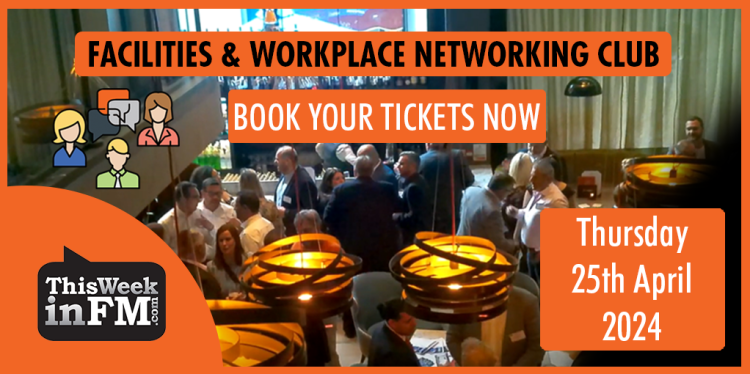
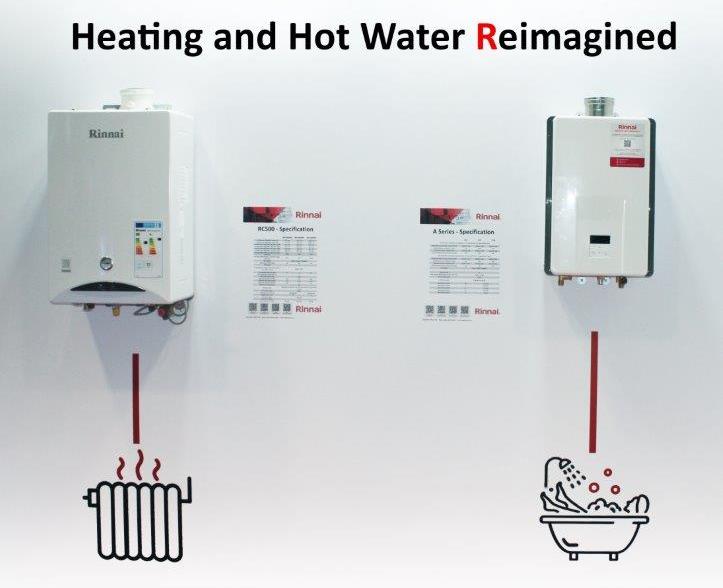
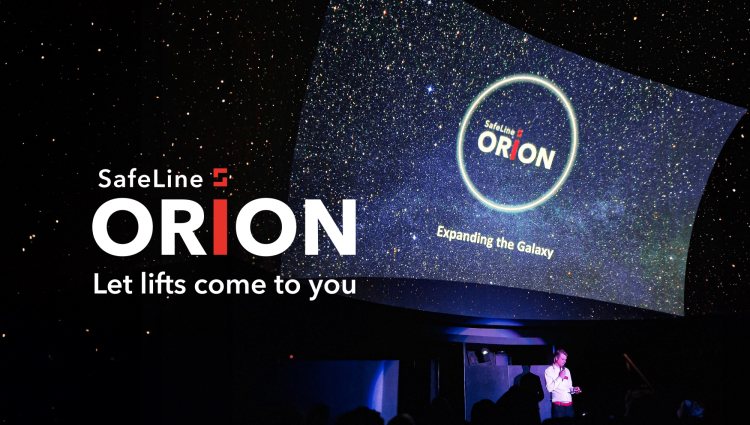

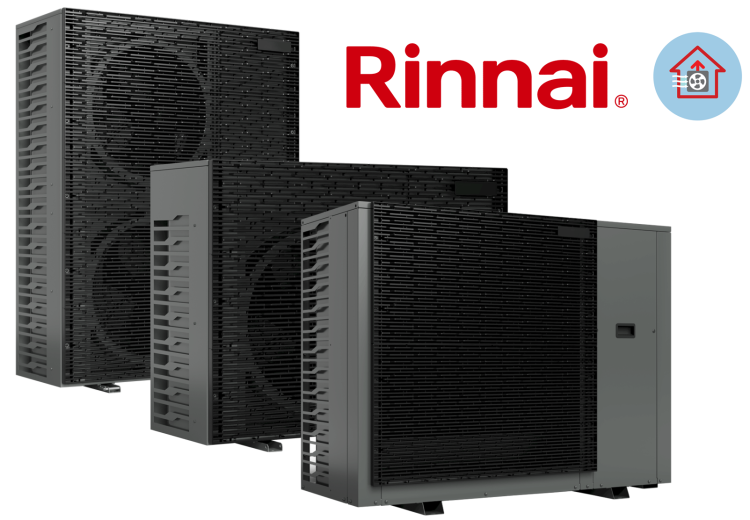
.jpg)
